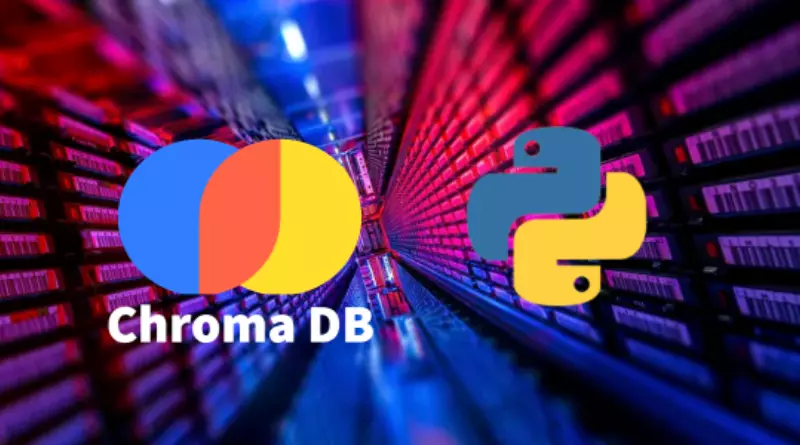Chroma DB Tutorial: A Simple Step-by-Step Guide

Using Chroma DB, you can effortlessly handle text documents, change text into embeddings, and perform similarity searches.
As Large Language Models (LLMs) become more popular and find more uses, we’ve also seen a rise in tools that help us use them effectively, like LLMOps frameworks and vector databases. This is because working with LLMs is different from traditional machine learning.
One essential technology for LLMs is something called “vector embeddings.” Basically, computers can’t understand text directly, so we turn text into numbers using these embeddings. These numbers help us create responses.
However, turning text into these numbers takes a lot of time. To make it faster, we use special databases designed just for storing and getting these numbers quickly.
In this tutorial, we’ll learn about these special databases and one of them called Chroma DB. It’s a free database for keeping and organizing these numbers. Plus, we’ll figure out how to add and remove text, look for similar things, and change our text into these special numbers.
What Are Vector Stores?
Vector stores are special databases made to handle vector embeddings really well. These databases are necessary because regular databases, like SQL databases, aren’t great at handling these special numerical representations.
Now, what are these “vector embeddings”? They’re like unique number codes that represent data, often unstructured data like text. Think of them as a way to turn text into numbers, and these numbers live in a high-dimensional space. Regular databases aren’t built to handle these kinds of numbers efficiently.
Vector stores are different. They can quickly find similar sets of these special numbers using clever algorithms. This is super useful in applications like personalized chatbots. When you ask a chatbot something, it searches through lots of text data to find similar phrases and then gives you a response that fits what you asked for. All of this happens because of vector stores and their ability to handle these special numbers.
What is Chroma DB?
Chroma DB is a free, open-source tool that helps store and find special number codes called “vector embeddings.” These codes are used in big language models to understand and generate text. Chroma DB can also be used to build smart search engines for text.
Here are some important things about Chroma DB:
1.It can work with different storage systems like DuckDB for small projects or ClickHouse for big ones.
2.You can use it with Python and JavaScript/TypeScript through special tools called SDKs.
3.Chroma DB is all about being easy to use, fast, and helping with analysis.
4.You can run Chroma DB on your own server. If you want a managed system, you can check out the Pinecone Guide for more information on that.
How Chroma DB Works
1.Setting Up a Collection:
Think of this like creating a table in a regular database. You make a special space in Chroma DB where you’ll put your text and numbers. By default, Chroma turns your text into numbers using a specific method, but you can change that if you want.
2.Adding Text:
Once you have your collection, you can start adding text with some extra information like a unique ID. When you put text into your collection, Chroma automatically turns it into numbers.
3.Searching for Similar Stuff:
Now, if you want to find text that’s similar to what you put in, you can ask Chroma. You can search based on the text itself or the numbers Chroma created. You can also use the extra information you added to narrow down the results.
In the next part, we’ll use Chroma along with the OpenAI API to make our own special number database.




